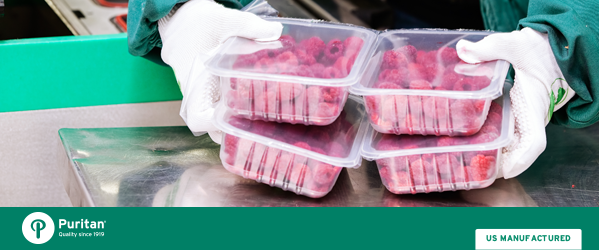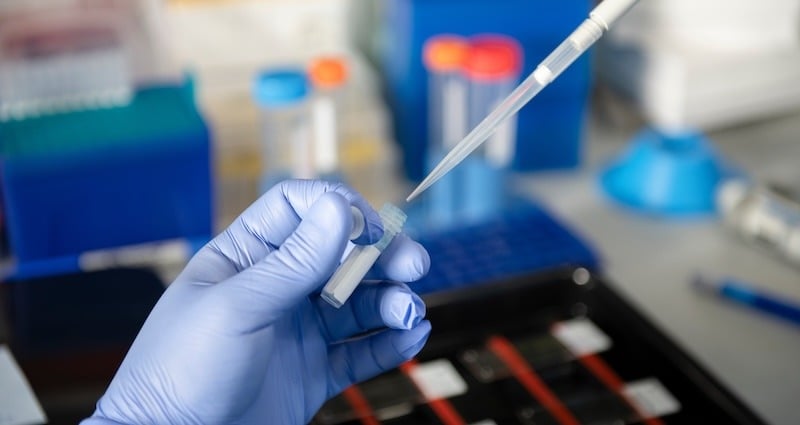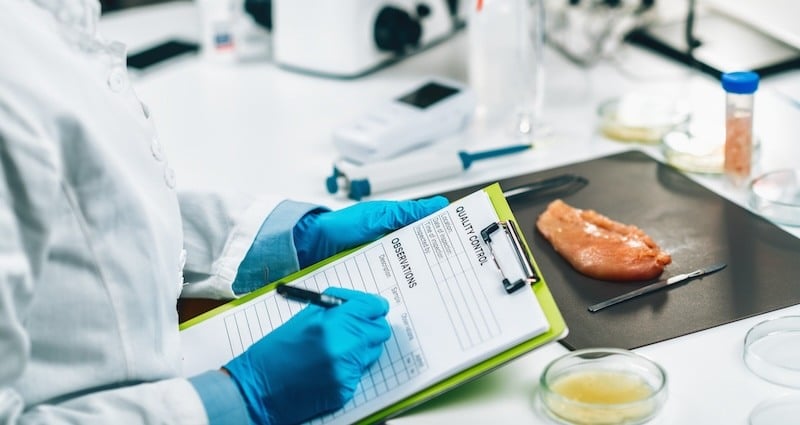
Safe food is the result of safe processing. Processors and packers are charged with assuring all systems meet food safety standards and taking all precautions to assure food products are safe for consumption when they go to market.
These precautions include monitoring the source and cleanliness of raw materials, training personnel in correct handling methods, and implementing safety systems that dictate how and when equipment is cleaned. Once these fundamentals are incorporated into a plan, the last piece comes into play.
Environmental Monitoring
Checklists will document when a piece of equipment has been cleaned and by whom. Still, the quality assurance professional will need to test to confirm cleaning has been effective and that no contamination remains, microbial or chemical. This monitoring of the food processor’s environment is essential and, when done correctly, consistently, and conscientiously, protects not only the processor—from recalls and lawsuits—but the consuming public.
However, it is costly and time consuming, and requires a dedicated and trained professional staff, access to a lab—onsite or by contract—and the consumables to conduct testing of surfaces and food products. The food industry is served by distributors who specialize in providing efficient and accurate testing systems and supplies.
These may be rapid tests or devices to collect and transport specimens to the lab for quantitative analysis. They all need to be user friendly. In order to test a broad range of surfaces, including those difficult to reach ones in drains or tight spaces, or above, between or beneath conveyors and equipment, an array of devices may be needed.
The on-site food safety professionals will select the tools that are needed for the operation, specific to its manufacturing and processing systems and the food products being produced. The right protocol will require testing both routinely and randomly, leaving nothing to chance.
Worth Every Penny
When food safety professionals were recently asked to rank the most important attributes considered in their selection of testing methods there was consensus: cost was not the primary concern. While cost and versatility were important, sensitivity and specificity ranked highest. Why? Because finding contamination without identifying it doesn’t provide the information needed to resolve the situation.
The answers will have to be found to the questions of what, how, and where contamination entered the system. Contaminants may enter the plant from the loading dock, be present on the wall, or hiding in drains.
While the primary concern in a bottling plant might be the presence of yeast or mold, the processor will also want to know if cleaning products are left on processing equipment or surfaces. Ingredients may be free of Listeria, but Listeria may still be present in the processing system. The food safety professional has to know the status of the plant’s environmental health every day.
Having the right testing protocol that provides accurate results consistently can be the difference between a safe, productive operation and a damaging recall.




